There’s rarely an activity that’s as fun and powerful as welding, as it allows you to be creative and make new objects, or change and repair the form of existing ones. Furthermore, despite it being industrial, it also has a creative side as you need to visualise the shape and look of your final result. It requires you to be ten steps ahead and take into account the effect of everything you do. Even one wrong step can make your entire project fall into pieces because it can ruin the material.
As such, welding as an act necessitates knowledge, preparation, and tools. So it can seem like a maze when one wants to get started. And as a practitioner of welding, I know how lost I felt at the beginning myself. Because of that, I hope this article helps you on your journey as a beginner welder and gives you a brief idea of the different methods, equipment, and general attributes of welding.
Methods and Types
As welding has developed, so too have the methods and techniques used. Before we go into the equipment and what to look for in a welding shop, it’s best to know the types of welding. What are the advantages and disadvantages of every method of welding?
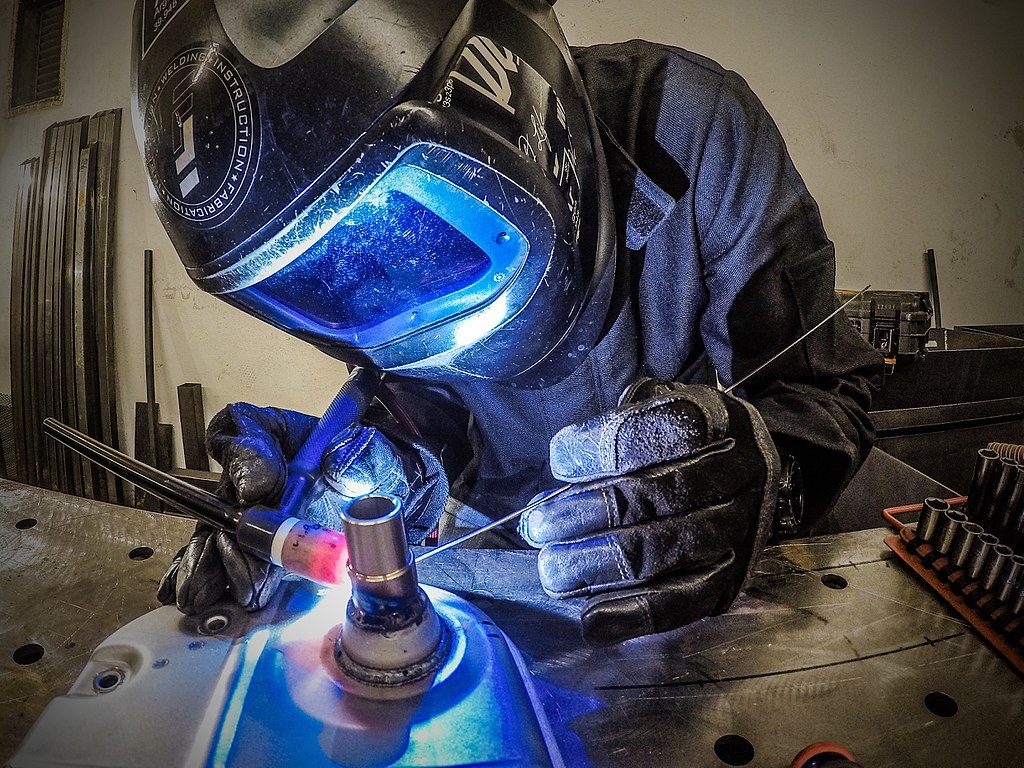
MIG and TIG
The most common welding methods are MIG and TIG. These methods include using a welding torch with a tip, which also called an electrode, at the end. But there are several differences between them. MIG stands for metal inert gas welding, uses a consumable wire that functions as the electrode and the filler material. On the other hand, TIG stands for tungsten inert gas, uses a non-consumable tungsten electrode, and doesn’t require a filter.
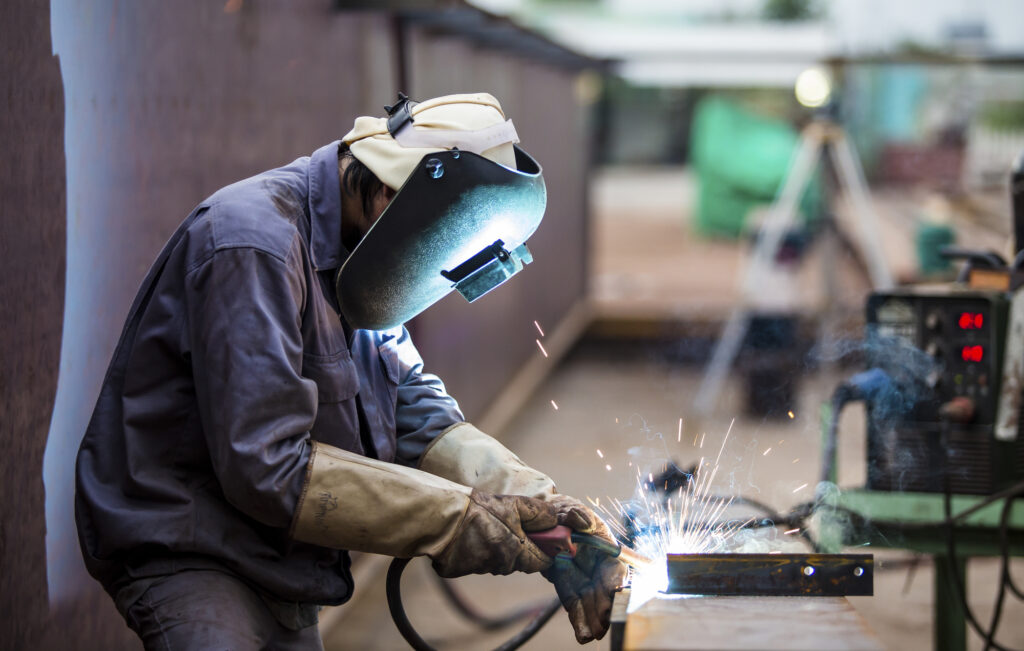
How They’re Used
If you’re a beginner and want welds that aren’t as precise, but can be performed quickly with little cost, then you should go for MIG. However, you should choose TIG if your goal is quality and aesthetic beauty. Consequently, TIG is better for small and thin materials, while MIG is for large and thick ones.
Stick Welding
Although the aforementioned methods are the most popular, there are two more types of welding. The oldest one is the stick welding method, also known as the flux stick welding method, simply because the electrode is coated in flux. Also, you don’t use a torch, but the wire directly. The flux simultaneously creates a protective layer around the welding point, which is called the electrode. The benefits of this type of welding are that it’s simple, and produces strong, durable welds. However, the rod is consumable and needs to be changed regularly.
Flux-Cored Arc Welding
Lastly, there’s flux-cored arc welding which is a mix of stick and MIG welding. It provides a defensive layer as you use it like stick welding, but the layer is produced by a consumable wire which is fed into the weld. On the downside, it’s not useful for welding thin materials.
Equipment
Now that I’ve got the main methods covered, let’s move on to equipment. Even if some equipment is universal, your method and your needs determine what equipment you’ll need. Furthermore, as welding requires plenty of equipment that needs to be stored and taken care of, you should consider buying a storage cabinet.
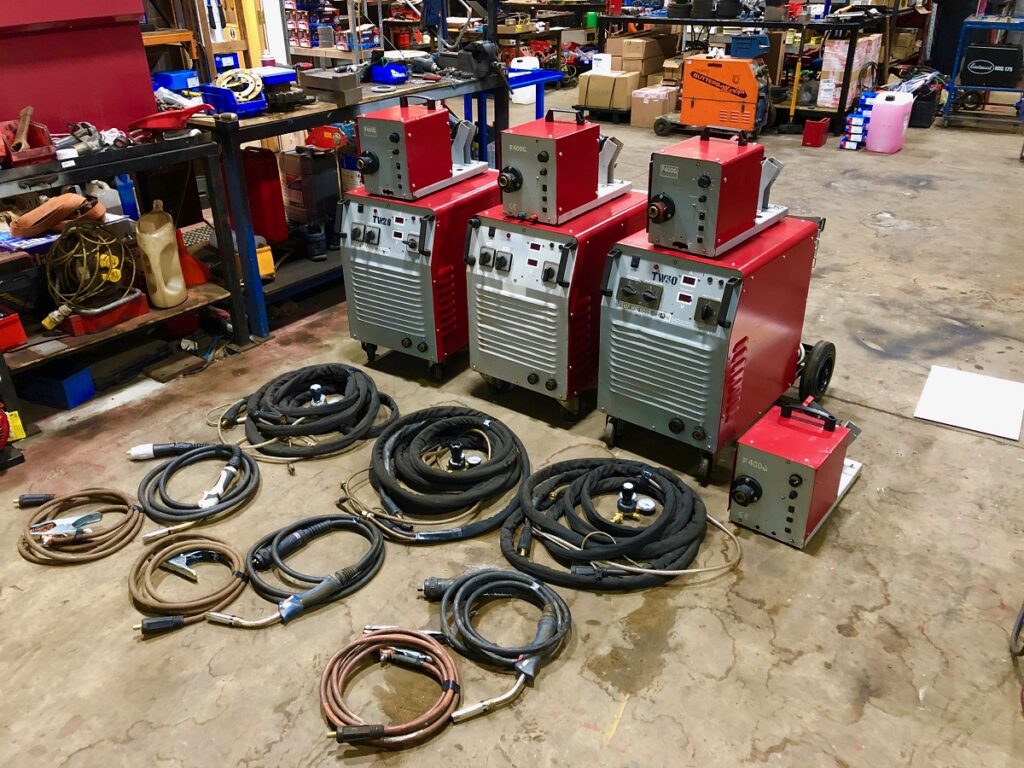
Welding Machine
The first thing you need in order to weld is a welding machine. If you’re a beginner, you can opt for a multipurpose welding machine that will let you do MIG, TIG, and Stick welding just by changing the function mode.
However, as you become more specialised, so will your welding supply. There are welding machines specifically made for one type of welding. As such, they have a specific voltage, and you use them only for specific materials. For instance, MIG welding necessitates a wire-feed system. This system feeds the welding torch with a consumable electrode, which in turn creates an arc for protection.
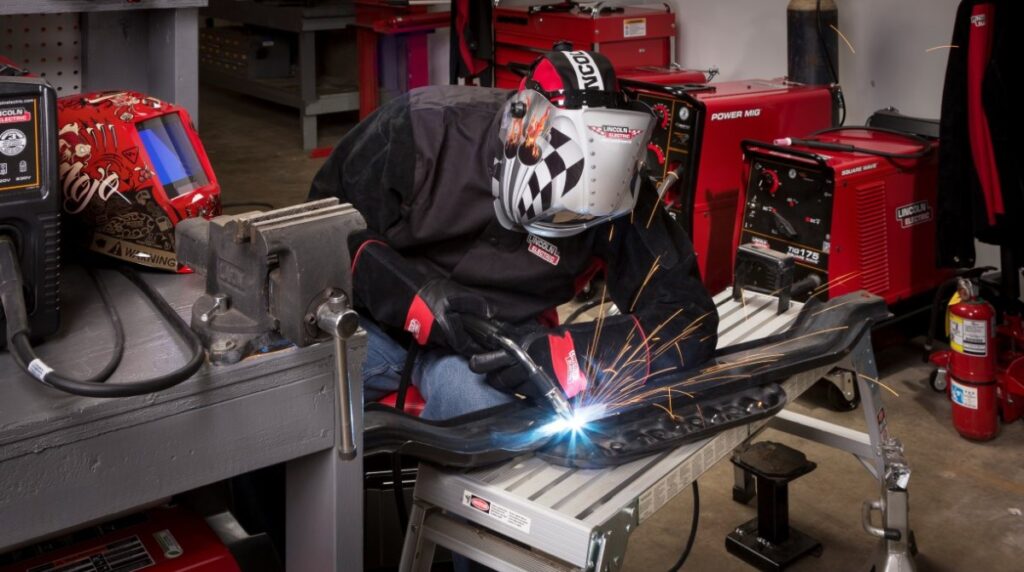
Regulator
Protection-wise, the concern you should focus on is the gas. There are many types of gases with different effects. Generally, you use them for protection and shielding. When using them, you directly connect them to your torch. As the welding gun requires gas to produce heat to weld, the regulator guarantees that this will be done efficiently. Regulators feature two gauges, one for how much you have left in the tank and one for how much you’re using with the welding gun. It allows you to determine the exact ratio for your work, using a steady stream for your job.
Torches
Commonly referred to as “guns” in the community, these play several important roles in the welding process. They strike and maintain the electric arc, and they create and shape the weld. Also, they provide the shielding gas in certain methods for your safety. Your choice of torch depends on the style of welding, the size of the electrode and the form of gas shielding.
Consumables
As previously mentioned, electrodes and wires play a role in welding. And both fall into the category of consumables, products that you’ll have to restock regularly.
Depending on the method of welding, the electrode plays a crucial part. Such is the case in TIG, with a tungsten electrode. To understand electrodes, you must know the four digits and their meaning. The first two digits indicate the lowest tensile strength, while the third digit shows which positions you can use the electrode in. And the fourth digit tells you which current is for which electrode.
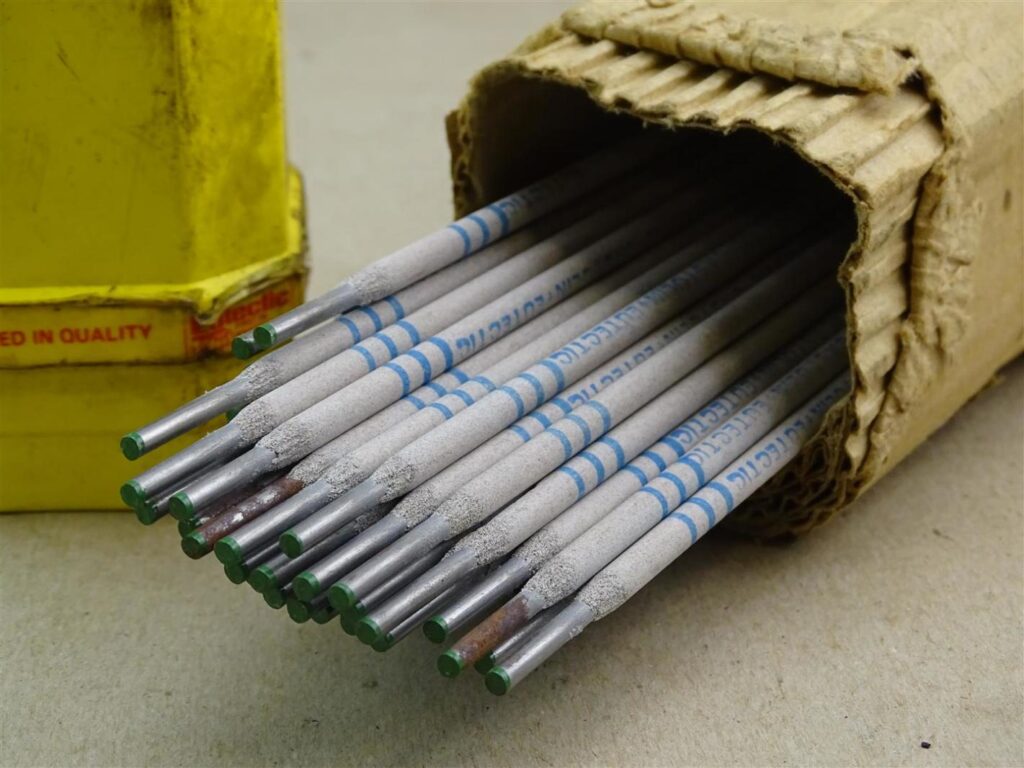
Wires are relatively inexpensive, and the thicker the material, the thicker the wire you should get. All methods require a wire that is fed through the torch, but there is a difference in wires. For example, in MIG welding, the wire is continuously fed alongside the shielding gas. Meanwhile, with flux-cored, as the wire melts, it creates a shield.
Safety and Security
The last thing you should consider in any welding shop is getting the right safety equipment. Welding is, despite its beauty and fun, a dangerous activity where you handle strong flames. Even coming into exposed contact with them can lead to skin damage. In order to avoid this, you should first get quality welding clothing that is fireproof and also comfortable to wear and provide a cooling effect as a bonus.
If you’re afraid of damaging your eyes or your face, you can either get goggles or a helmet. Goggles offer protection only to your eyes from UV light and debris, while the helmet protects your entire face. Lastly, if you’re afraid of the gases and what you’re breathing, there are respirators.
